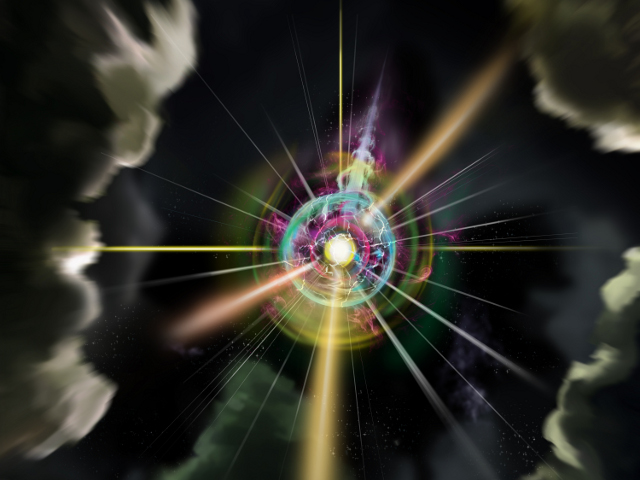Bose-Einstein condensates used to emulate exotic magnetic monopole
Ars Technica » Scientific Method 2014-01-30

Electric charges can exist in isolation, and positive protons and negative electrons are capable of independent action. Magnets, on the other hand, always seem to come in pairs of north and south poles. However, several theories center on individual magnetic charges—known as monopoles—and use them to help explain why electric charges come in distinct quantities. Nobody has yet seen a magnetic monopole in particle form, though the search continues.
Rather than searching for an instance of a monopole, others are trying to model them using quantum simulation: the universal character of quantum physics can allow one physical system to behave exactly like another. Thus, in lieu of hunting for particles that are monopolar, M. W. Ray, E. Ruokokoski, S. Kandel, M. Möttönen, and D. S. Hall emulated the behavior of a north magnetic charge using ultracold atoms. The result was behavior described as a Dirac magnetic monopole, something never before seen. This experiment relied on the quantum character of monopoles and might provide hope that isolated magnetic charges could exist in nature.
Quantum simulations work like simulations run on an analog computer: researchers construct electric circuits that obey the same basic mathematical equations as a more complicated physical phenomenon, which allows them to emulate the complicated system without trying to solve the (possibly unsolvable) equations that describe it. A quantum simulation lets physicists substitute a controllable physical system for one that might be too challenging to ever construct in the lab.
Read 9 remaining paragraphs | Comments




